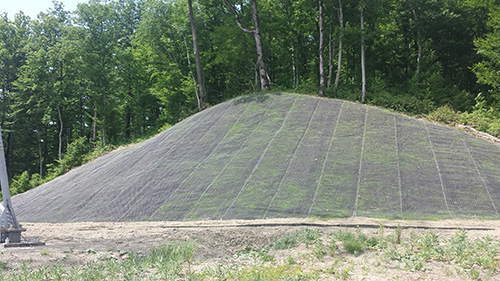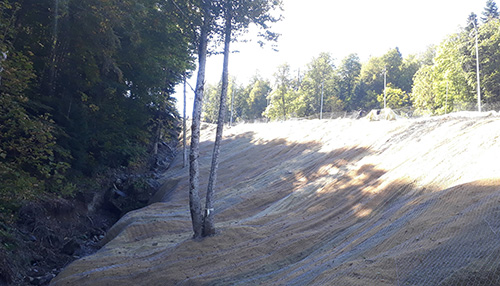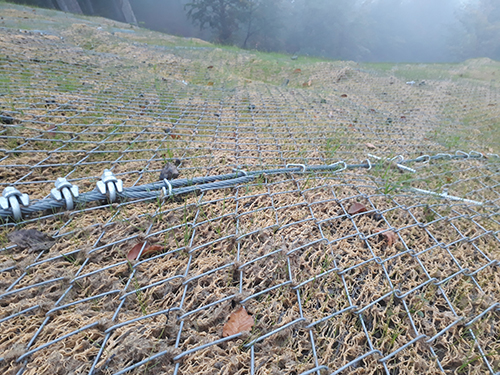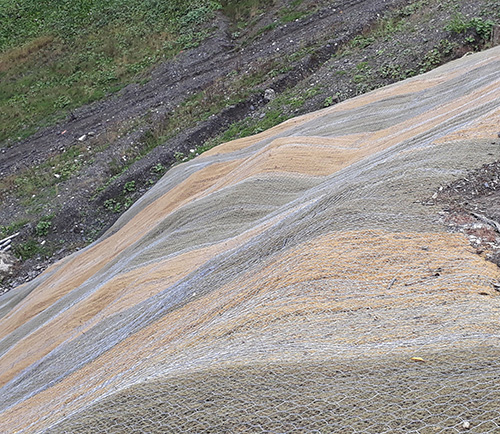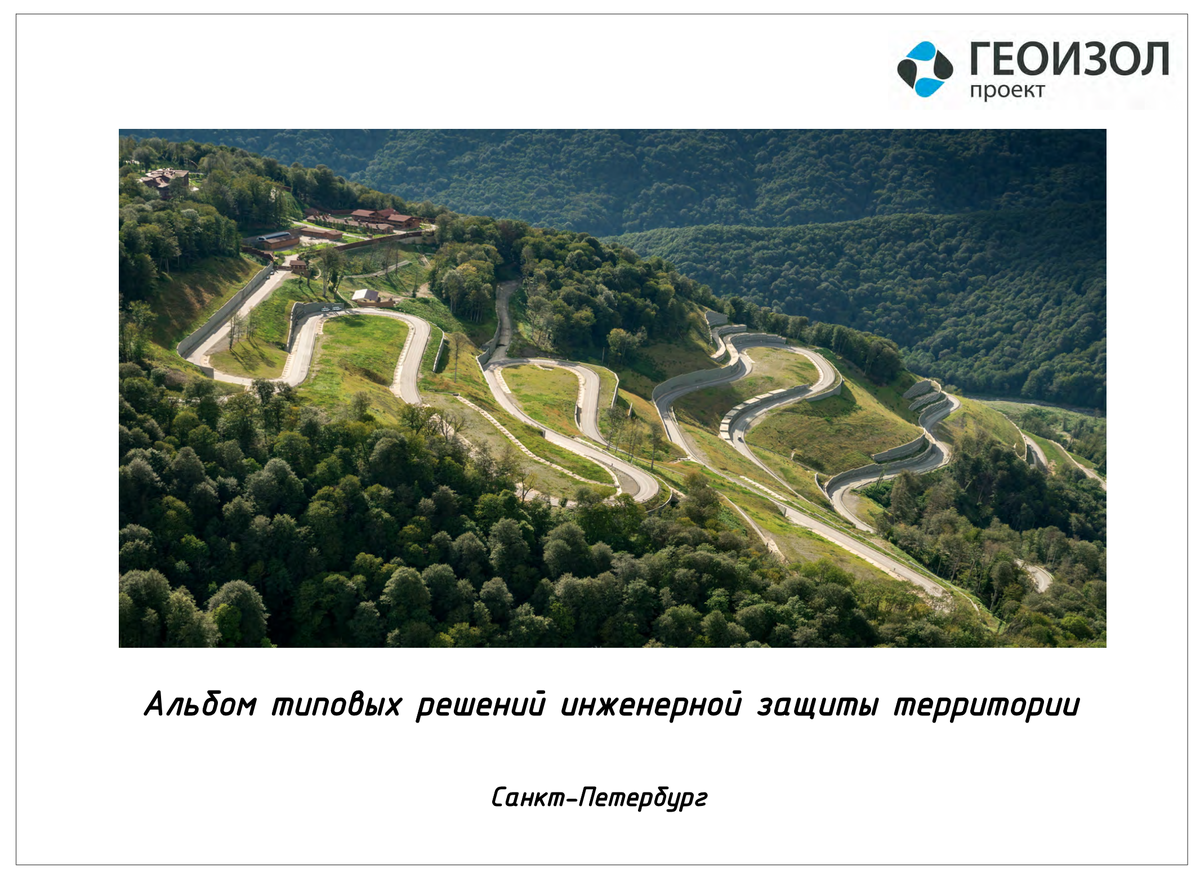Anti-erosion measures are aimed at combating natural ground failure by the impact of surface water, precipitation (water erosion) and wind (wind erosion). Soil particles eventually break away from the ground level, travel and accumulate in other areas.
Such processes occur on immense territories and can harm land recourses irreparably, noticeably changing the terrain.
Design of anti-erosion measure systems centers on the following principles:
- in case of water erosion it is necessary to control surface water drainage and improve drainage systems;
- in case of wind erosion it is necessary to make surfaces resistant to wind impact, build structures and green space, reducing wind impact on the area under protection;
- system of measures must be of preventive nature, that means to prevent erosion;
- during design different measures or sets of measures are considered. The less expensive and the most efficient solutions are planned within the project.
Features of anti-erosion measures
In general erosion protection involves creating grass, bush or tree coverage on slopes. Geosynthetic materials are applied on the stripped ground (as preliminary protection) to accelerate these processes significantly. The plant roots interweave with the material and form a single cover which strengthen the top level and reduces advance of erosion. Geosynthetic materials can be used both with additional steel nets which reinforce the strength properties of the whole anti-erosion construction, and without the nets.
To prevent erosion protection made of geosynthetic materials from sliding down it is necessary to provide its fastening. The fastening method is defined depending on soil conditions and topography.
Fields of application of erosion protection:
- protection against blowing out and deformation of soil top level caused by erosion, precipitation or load of snow, etc. on natural or artificial slopes;
- improvement of periodically flooded territories (banks of streams and rivers);
- protection of embankments during transport construction;
- retaining of topsoil on rocky slopes;
- creating of natural low soaking cover.
Fillable geosynthetics are used as well to protect against erosion. In this case filling materials are soil or fine grained concrete.

